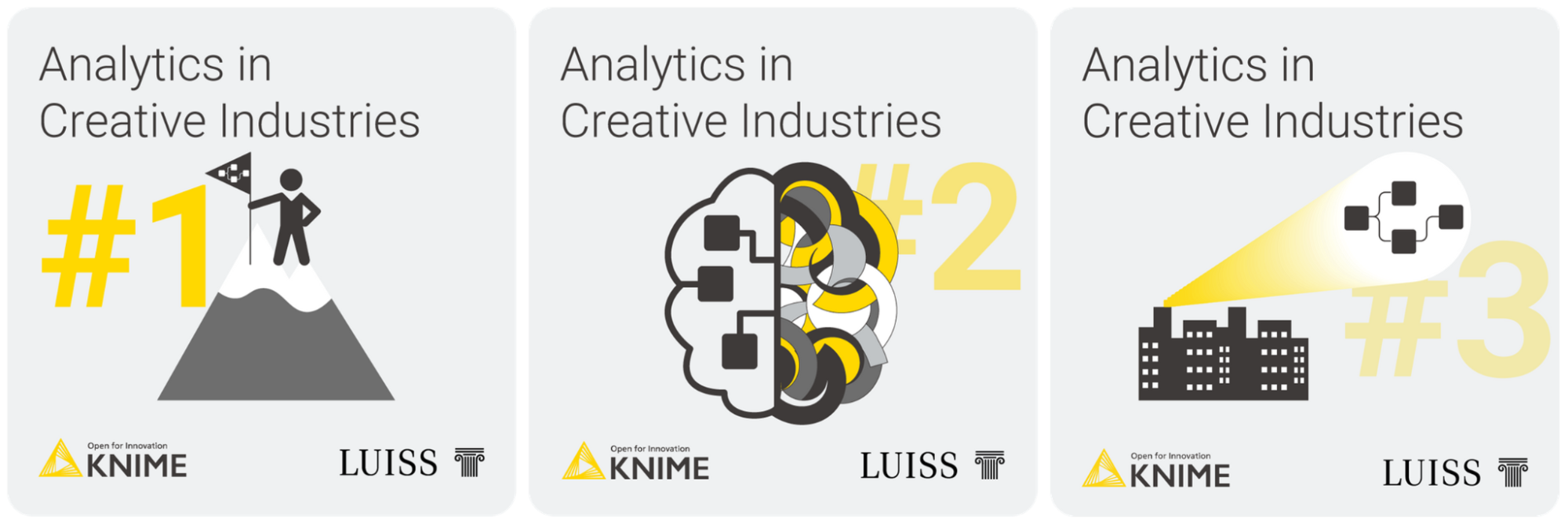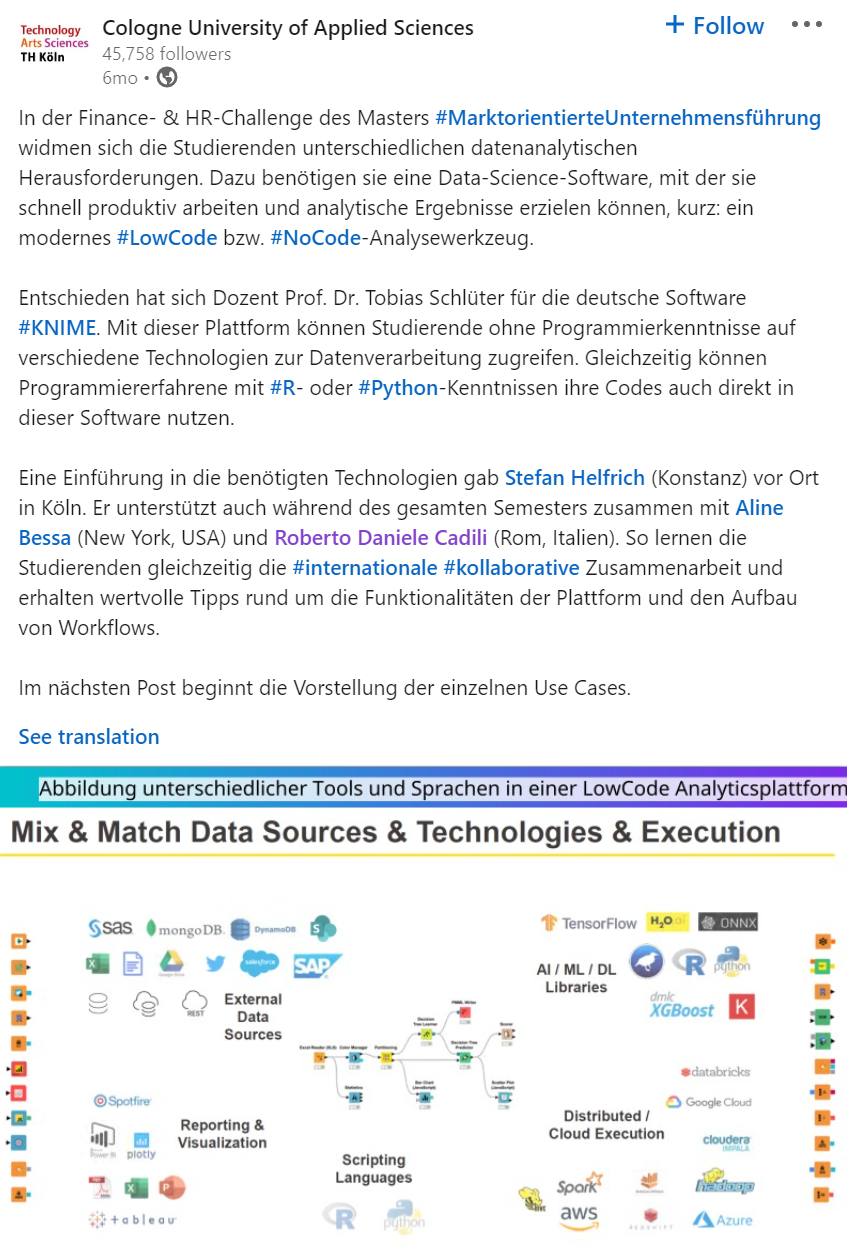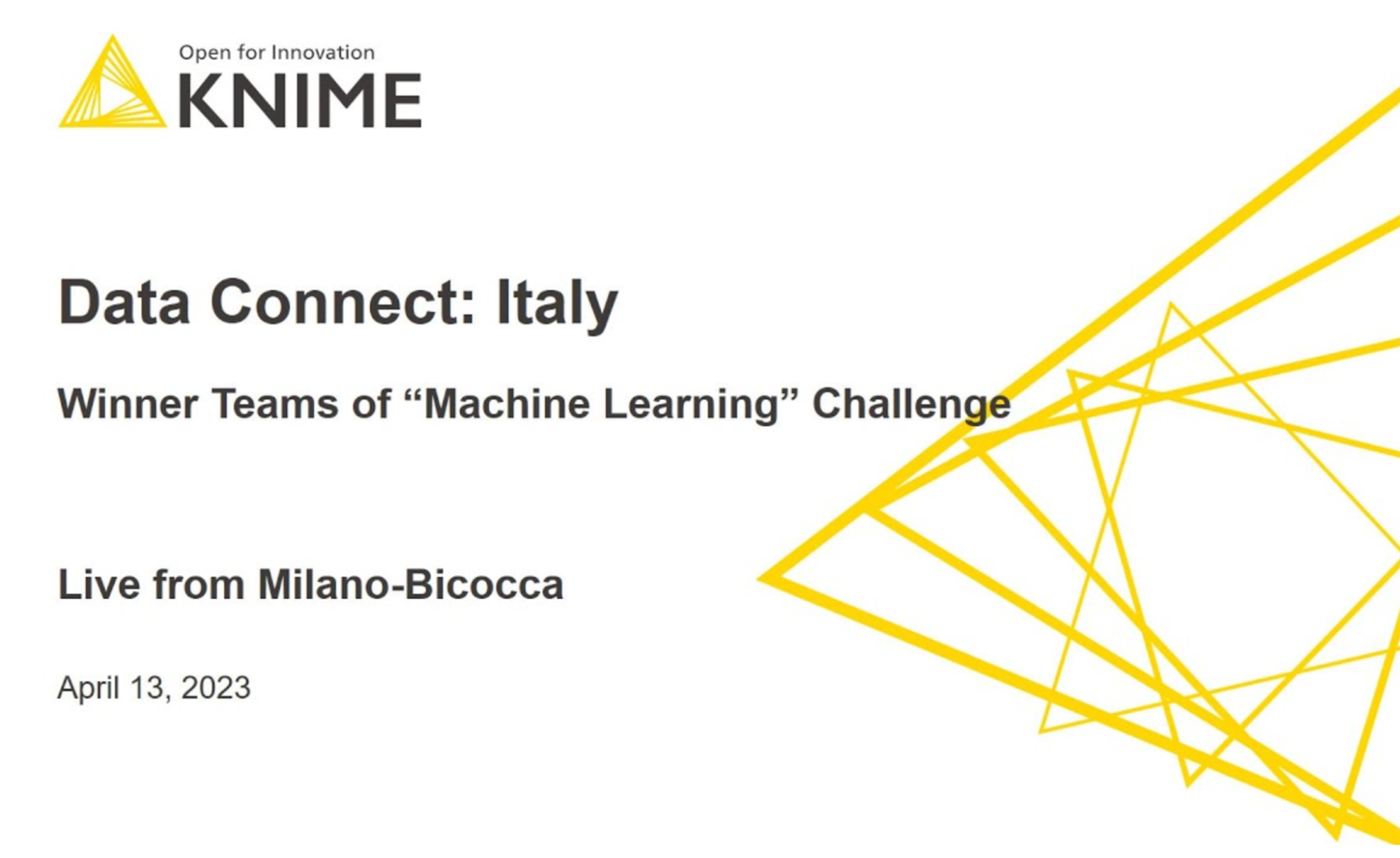It’s increasingly popular to gamify learning. But what does that actually mean and why does it matter?
Educators and learners alike are engaged in scholarly debate on the matter, but in essence it’s a fairly straightforward idea. Kids get it naturally, because it’s how they learn best.
When they time themselves to see how quickly they can name all the countries whose names start with “U,” that’s gamification.
When they give each other points or candy for every correctly conjugated verb, that’s gamification.
The gamification of learning: Whats and whys
Gamification is defined as “the use of game design elements in non-game contexts” (Deterding et al., 2011). Although the concept per se in education research is not new, adoption in practice has been much slower. In recent years, as a direct consequence of the pandemic and a more widespread access to technology, e-learning platforms and distance learning programs have flourished exponentially. With that came the need to explore new and interactive ways to engage and inspire learners. No wonder, then, that education has rapidly become one of the sectors where gamification is being most actively exercised.
On the surface, gamification may be regarded as the mere use of game mechanics to make learning and teaching more fun, or as a shortcut to make “boring” activities more tolerable. Underneath the surface, it encompasses engagement, meaning, encourages outside-of-the-box thinking, and creates a safe environment in which to explore and conduct hands-on experiments.
In The Gamification of Learning and Instruction: Game-based Methods and Strategies for Training and Education (Kapp, 2012), the author provides a comprehensive illustration of the ways gamification is reshaping the learning process and its benefits. By creating a system in which learners engage in abstract challenges defined by rules (such as time and focus constraints), reward mechanisms (game levels, badges, point systems), interactivity, feedback, and clear outcomes, educators can enhance engagement, inspire healthy competition, and promote a learning-by-doing approach.
Kapp maintains that in a gamification setting, learners are encouraged to actively develop their own projects, define and understand their goals, devise strategies, rethink failure as an opportunity to reset and start again, and receive frequent, granular and fair feedback about their creative problem solving. Feedback is especially important when making learners feel comfortable with trying something harder or new, adjusting their actions, and understanding their progress. All this helps instill feelings of competence and confidence in students — ideal conditions to support long-lasting learning.
Importantly, gamification and traditional lecture-style teaching are not mutually exclusive. Within a gamified curriculum, there are plenty of opportunities to integrate lectures and other traditional methods. But rather than being predominant, they are part of a diversified and more engaging learning experience (Dichev et al., 2014).
Gamify with KNIME: Student challenges
How can KNIME and its team be part of this conversation? With KNIME Analytics Platform, we already offer educators an open-source, low-code platform for teaching data analytics, data engineering, data science, and AI. To build upon this, the KNIME Educators Alliance has expanded its offerings to support educators who wish to gamify learning and leverage KNIME for data science education with KNIME Student Challenges.
KNIME Student Challenges are usually integrated into an existing class to augment the learning experience. They are typically centered around a task or analytics area (e.g. diabetes prediction), and have a well-defined set of analytical requirements , a clear outcome (workflows, a report, a presentation, etc), and a structure and timeline (e.g., number of rounds, a challenge start/end, a project deadline). Usually, teams of three to six students compete, using KNIME Analytics Platform as their go-to data analytics tool.
KNIME Student Challenges provide opportunities for learners and educators.
For learners, they offer a safe environment for learners to explore and practice data analytics, providing an effective way to expand their networks, knowledge, and skills, as well as a platform to let them demonstrate their talent and build their portfolios. They present a unique opportunity to work on real-life problems with the mentorship of data experts.
For educators, they are a valuable chance to receive support for designing and developing innovative teaching formats, improving learners’ performance and engagement, and establishing connections with industry.
Testimonials from the classroom
Empirical research on this field is valuable, but often does not provide granular insights into first-hand experiences of educators and learners. To help close the gap, the KNIME Educators Alliance has collected a few impressions from its network to inspire others to rethink learning and teaching.
At the end of 2021, Prof. Francisco Villarroel, from the Department of Business and Management at LUISS Guido Carli University, designed a student challenge with KNIME to create analytics solutions for the creative industry.
"I have always liked applied learning and innovative ways of teaching that push students to collaborate and think outside of the box. Driven by those motivations, back in 2015, when I was still teaching in the US, I introduced elements of gamification in my course. I signed up my class for a nation-wide competition in digital marketing, and the students reacted amazingly to it. In recent years, I have been cooperating more closely with the KNIME team on a few research projects. This gave me the extra motivation to organize a student challenge with KNIME from scratch. The hard work was rewarded by fantastic outcomes. The students developed very advanced and creative solutions, showed ingenuity and deep commitment," said Prof. Villaroel.
He further emphasized the importance of prompt and accurate feedback when nurturing students’ ambition. "Throughout the challenge, the KNIME team provided a guest lecture, well-defined rules, and thorough feedback that channeled students’ efforts in the right direction. Moreover, the close collaboration with KNIME exposed the students not only to my evaluation, but also to that of the industry."

In the field of HR and Finance, Prof. Dr. Tobias Schlüter from the Faculty of Business, Economics and Law at Cologne University of Applied Sciences organized a challenge for students in his course with KNIME, involving players in the industry such as parcIT, PwC, and KDU.
"With the do-it-yourself approach via real challenges, students have to learn data science practically. Instead of me flipping through PowerPoint slides, they have to work with data, design algorithmic workflows, and learn about challenges in a business context, with real data sets, project structures, deadlines, and ideally with managers from the field" said Prof. Tobias Schlüter.
He also highlighted the importance of a supportive data science community when getting feedback and guidance, as well as crafting appealing awards to drive creativity and game thinking: "Throughout the semester, the KNIME team has contributed everything from a guest lecture introducing previously unknown topics to lending aid when the students didn’t know what to do next. A custom tag in the KNIME Forum has also been extremely helpful to quickly get assistance from the KNIME community. To further incentivize students to create outstanding solutions, the winning teams were awarded prizes sponsored by KNIME, including digital badges to help signal to potential employers that they are already trained in data science."

More recently, Prof. Fabio Stella from the Department of Informatics, Systems and Communication at the University of Milano-Bicocca organized a machine learning challenge to predict the onset of diabetes with KNIME for his students working toward a MSc. in Data Science.
"The first beneficial effect of adopting elements of gamification was reflected in the levels of student engagement. Compared to the previous year, 85% of the class was actively involved and showed keen interest. Secondly, in order to meet the requirements of the competition, students realized the importance of playing as a team, capitalizing strategically on the different backgrounds, knowledge and skill set of each member. As a result, the projects developed were all of excellent quality in terms of technical approaches and proposed solutions," Prof. Fabio Stella, University of Milano-Bicocca.
He also acknowledged that student engagement was further enhanced by ad-hoc mentorship: "The involvement of KNIME experts to steer and assist students to improve the quality of their project greatly impacted students’ willingness to deepen technical aspects of the machine learning course. I fully endorse these initiatives which reward the students and the educator alike."

While the educators’ takes are important, the learners’ perspectives are the most valuable both for the tool and the experience.
Anthony Ballerino and the winning team of the “Analytics in Creative Industries” challenge with KNIME at LUISS Guido Carli University said: "The collaboration with the KNIME team and the simulation of a real-life business scenario was invaluable for us. Throughout our undergraduate studies, we never had the opportunity to interact with professional data scientists and pick their brain about strategies to tackle analytical problems. We asked for advice, best practices, and treasured the tips we received to do our best and go the extra mile."
Watch the Award Ceremony of the “Analytics in Creative Industries” Challenge with KNIME, Fall 2021
Emma Wissmann and Markus Bünnemeyer said this about working on web analytics and text mining during the “Finance & HR” challenge with KNIME at Cologne University of Applied Sciences:
I first used KNIME for data analysis as part of my first semester course at Cologne University of Applied Sciences, and have been working with it intensively ever since. What I like about KNIME is that the software is easy to use due to the visual programming language and the user-friendly interface.
Emma Wissmann
I love the no-coding approach, but also appreciate the ability to code myself if needed. This mixture makes KNIME very pleasant for beginners, and at the same time very powerful for professionals.
Markus Bünnemeyer
